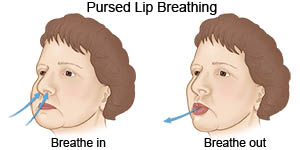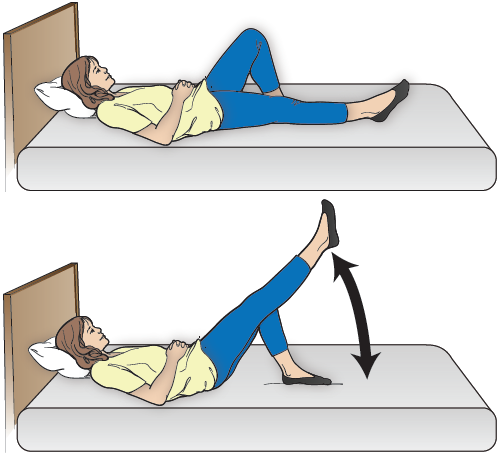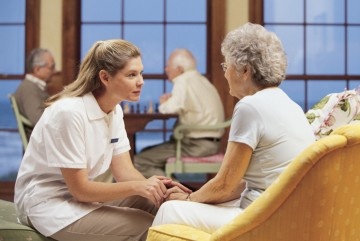Performance Improvement Plan for M1400 Dyspnea/Shortness of Breath
A patient's strong respiratory and endurance condition is important to Medicare because it helps the patient continue to live at home. Its because of this that Medicare tracks and scores HHAs ability to improve respiratory and endurance function on Quality of Patient Care Star Rating.
The #1 Most Important Question to Answer on the Admission Visit
The primary role of the home health provider is to teach the patient/caregiver how to manage her/his own medical and functional needs. A successful discharge means the patient/caregiver is able to recall and/or demonstrate all the preventive care needed to maintain medical and...
5 Procedures Every Patient Should Practice...Regardless of Diagnosis
To receive home health benefits patients typically must be homebound – unable to leave the home without assistance. Being homebound can exacerbate already-present conditions: shortness of breath, mobility limitations and skin breakdown to name a few. All patients should be taught the...
34 Work Simplification Strategies for Grooming, Dressing & Bathing
Grooming
- Sit whenever possible to perform grooming, and sit correctly by using good posture.
- Use surfaces that are at a level to perform grooming...
Cerebrovascular Accident (CVA) Home Health Care? Beware Outliers
Now that we will have a 30 day billing cycle under Medicare’s Patient Driven Groupings Model (PDGM), there’s no reason not to strive to achieve patient goals within this 30 day window. Many of your patients, with manageable risk factors, should be able to achieve...
Work Simplification Can Improve OASIS 1800-45
16 Home Health Nurse Safety Tips
Basic Home Care Industry Safety Guidelines for Field Clinicians
The following is a home health and safety inspection checklist:
- Before making home visits, home health care workers should secure all purses and wallets at the Agency. If you must take a purse or wallet, lock it in the...









